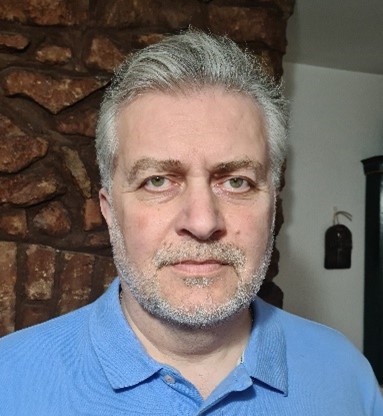


2026 IEEE 27th International Workshop on Signal Processing and Artificial Intelligence for Wireless Communications (SPAWC)
Take Part in the 2025 Low-Resource Audio Codec (LRAC) Challenge
Ignite Your Innovation: Compete in the 2026 Signal Processing Cup!
Showcase your ideas and collaborate with fellow students by entering the new edition of the Signal Processing Cup challenge where the final round will be held live at ICASSP 2026. The 2026 Signal Processing Cup invites students to propose an innovative solution for enhancing real-time audio-visual zooming on smartphones.

SPS BSI Webinar: Complementary Approaches to Understanding Brain Function: Networks, Dynamics, Information
Date: 31 October 2025
Time: 1:00 PM ET (New York Time)
Presenter: Dr. Olaf Sporns
Meeting information:
Meeting number: 2531 265 9090
Password: iYbTsfnu323 (49287368 when dialing from a phone or video system)
Join by phone:
+1-415-655-0002 US Toll
Access code: 253 126 59090
Meet SPS Member Alin Achim

Professor Alin Achim
Professor, University of Bristol,
School of Computer Science

SPS Webinar: Minor Manipulations, Major Threat: An Overview of Partially Fake Speech
Date: 20-November-2025
Time: 09:30 AM ET (New York Time)
Presenter: Dr. Lin Zhang
Based on the IEEE Xplore® article titled: “The Partial Spoof Database and Countermeasures for the Detection of Short Fake Speech Segments Embedded in an Utterance”
Published: IEEE/ACM Transactions on Audio, Speech, and Language Processing, December 2022.

SPS SLTC/AASP Webinar: Advances and Challenges in Audio-Visual Sound Source Localization
Date: 09-December-2025
Time: 09:30 AM ET (New York Time)
Presenter: Dr. Magdalena Fuentes
About this topic:
Quadratic Transform for Fractional Programming in Signal Processing and Machine Learning: A unified approach for solving optimization problems involving ratios
Fractional programming (FP) is a branch of mathematical optimization that deals with the optimization of ratios. It is an invaluable tool for signal processing and machine learning, because many key metrics in these fields are fractionally structured, e.g., the signal-to-interference-plus-noise ratio (SINR) in wireless communications, the Cramér-Rao bound (CRB) in radar sensing, the normalized cut in graph clustering, and the margin in support vector machine (SVM).
Conversational Agents in the Era of Large Language Models
With the advent of large language models (LLMs), the concept of artificial intelligence (AI) agents capable of decision making and action execution has gained prominence, particularly as LLMs demonstrate increasing proficiency in tool use and task planning. Following these advancements, the established methods used for task-oriented dialogue (TOD) systems have undergone a paradigm shift by integrating LLMs’ revolutionary language understanding and reasoning skills with enhanced instruction following and response generation abilities.
